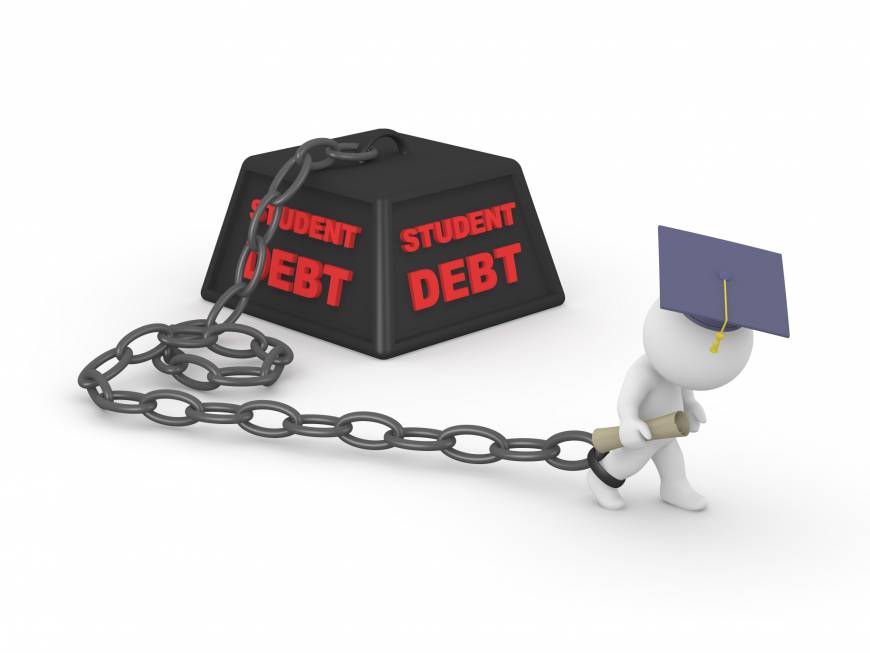
During a Lower House budget committee debate on May 8, Akira Nagatsuma of the main opposition Democratic Party (DP) asked Prime Minister Shinzo Abe to clarify remarks he had recently made about revising the Constitution. On May 3, which happened to be Constitution Day, Abe had delivered a message via prerecorded video to the conservative lobbying group Nippon Kaigi (Japan Conference) and also appeared in an interview in the Yomiuri Shimbun. In both he talked of establishing the Self-Defense Forces and free education in the Constitution, and Nagatsuma wanted to know more. Abe dismissed his query, saying he explained the matter to the Yomiuri so Nagatsuma should just read the interview.
The remark caused a stir. NHK reported that the DP lodged a formal protest afterward and that several LDP lawmakers backed the protest. DP President Renho said Abe’s refusal to explain himself to the public was an abrogation of his responsibility and an “insult” to the legislators. JCast news commented that the DP has the right to shut down a planned meeting in the Diet on the Constitution, adding that Abe’s contempt for parliamentary protocol was yet another example of his arrogance.
Some media speculated that Abe’s idea to incorporate free public education into the Constitution is a ploy to satisfy Nippon Ishin no Kai, which is advocating for such an amendment. Abe needs the party’s support in order to guarantee the two-thirds parliamentary majority required to pass constitutional changes, and so he’s giving it to them.
He’ll let other lawmakers come up with funding solutions, but what many people want to know is: Why wait until 2020, the year Abe has set his sights on for constitutional revision, to make education free? It’s obviously something the public supports and, though Nagatsuma’s Diet question was ostensibly about security matters, he may also have been thinking of the education angle. After all, free public high school tuition was an important plank in the platform of the Democratic Party of Japan (DPJ) — the DP’s predecessor — when it was voted into power in 2009, though at the time the LDP opposed it.
Last year, when Ishin no Kai first floated the idea of guaranteeing free education, constitutional scholar Sota Kimura, writing in Gendai Business Online, wondered why the party didn’t simply sponsor a bill. All they would need is support from half the Diet rather than the two-thirds needed for constitutional revision. They also wouldn’t have to hold a referendum, which Kimura estimates will cost the government ¥85 billion. Wouldn’t that money be better spent on education?
In a recent conversation about Abe’s new scheme on TBS radio, Sota surmised that the prime minister, tacitly acknowledging that “Abenomics is over,” is placing all his bets on constitutional revision for the sake of his legacy. However, the people really don’t care about revising the Constitution. They still want the government to fix the economy.
The point Sota wants to make is that free education is a worthy and popular goal, but that tying it to the Constitution is a cynical means of achieving that goal. It’s not as if young people can afford to wait.
The Mainichi Shimbun, in its May 12 edition, interviewed students to see how they were doing financially. An 18-year-old female University of Tokyo undergrad said she is paying her way through school with a student loan. Her parents can’t afford to give her money, so she estimates that at the end of four years she will be ¥2.4 million in the hole, but she also hopes to go to graduate school, which will add another ¥1.2 million to her debt. That means when she graduates she will immediately have to find a job that pays enough to settle the bill, and she’s afraid she’ll have to compromise.
“I want the government to understand my situation right now,” she told the reporter. “Not in 2020.”
Japan is one of the few developed countries in the world that doesn’t have a widespread program of educational grants for deserving students. Here, “scholarships” (shōgakukin) have to be paid back, and with interest. Japan ratified the Universal Declaration of Human Rights (UDHR) in 1979, which stipulated free universal education as a goal. However, Japan’s confirmation of the stipulation as national law was put off indefinitely.
When the LDP regained control of the government in 2012, in addition to keeping the DPJ’s free high school tuition policy (but under a different name), it also approved the stipulation, thus clearing the way for free education to be made into law. As Akio Watanabe, a professor at Kobe University, told the Mainichi Shimbun, the public can now demand the government make education free immediately.
A May 13 article in the Asahi Shimbun detailed how difficult it is for young persons of limited means to attend university, junior college or vocational school. Seventy percent of higher education students who came from families receiving public assistance have to take out loans because Japan bases that assistance on a household’s income after all its resources and capabilities have been exhausted. That means children in those households, in principle, should go to work after completing compulsory education. Higher education is deemed a luxury the government isn’t obliged to cover.
This policy is clearly at odds with the spirit of the UDHR. The government now says it will provide “no-repayment scholarships” of up to ¥40,000 a month starting in 2018, but only to 20,000 students. The education ministry estimates that at least 60,000 children of welfare households try to advance to higher education every year.
So when Abe talks about incorporating free education into the Constitution, many become suspicious. Does he think all young people should have an equal chance to get ahead, or is he just promising anything to get his precious revisions passed, whatever the revision? As one veteran public school teacher told the Mainichi Shimbun, “High school still isn’t completely free, even though it’s supposed to be, so I don’t know whether I should believe anything the government says.”
[Source”timesofindia”]







